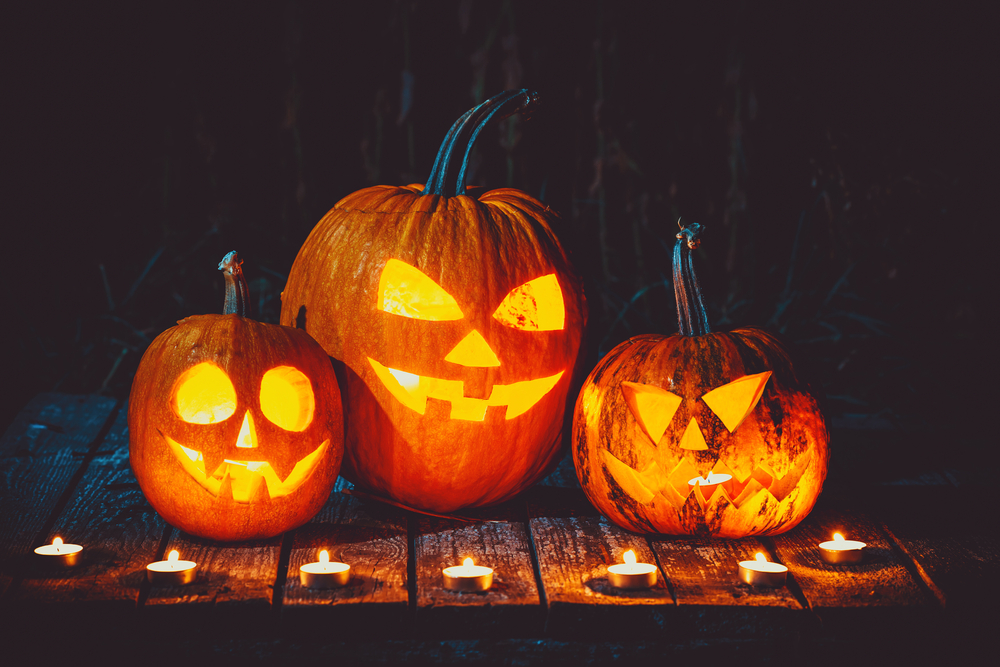
Halloween and sleep
On Monday 31st October the Sleeping Well in the Early Modern World team from the University of Manchester met visitors in the bedchamber at Ordsall Hall to discuss the history of Halloween and how night-time fears affected sleep at this scary time of year.
Visitors of all ages attended. Children made sleep charms while the adults heard the team discuss the historic period of All Saints (All Hallows) and All Souls Day as well as early modern night-time fears.
The session was an introduction for visitors to the Sleeping Well project running at Ordsall Hall for the next two years, funded by the Wellcome Trust.
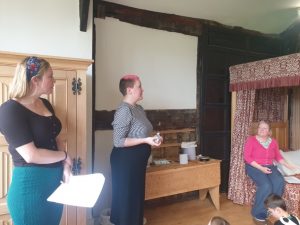 Sasha Handley, Leah Astbury, and Anna Fielding discussing the history of Halloween and connections to sleeping well in the great chamber at Ordsall Hall.
Sasha Handley, Leah Astbury, and Anna Fielding discussing the history of Halloween and connections to sleeping well in the great chamber at Ordsall Hall.
The History of Halloween
This time of year has been significant throughout the history of the British Isles as it marks a transition period as the dark nights close in and we head towards winter. Winter was a dangerous time in the past when life was more precarious. Such a foreboding time meant thoughts turned to death, to lost loved ones, and to evil spirits that might come through from an alternate realm. Pre-Christian beliefs during the Celtic festival of Samhain (pronounced ‘sow-in’) involved a chance to communicate with ancestors who had crossed over as well as an opportunity to foretell future events. People also lit fires to protect against evil spirits.
The arrival of Christianity brought with it an annual event to celebrate the lives of the saints and 1st November became All Saints Day. 2nd November was All Souls Day when thoughts turned to people who had passed away. The evening before All Saints and All Souls Days was All Hallow’s Eve, subsequently shorted to Hallowe’en. With the Reformation, the Church of England forbade the saying of prayers for the dead in church along with the practices of lighting candles in church and the veneration of saints. Therefore, people needed another way to mark this time of year, to still help souls through purgatory, and ward off evil spirits who could travel more easily at this time of year.
Several elements of Halloween developed that are familiar to us today. People offered ‘soul cakes’ to callers at the door who would say prayers in return for the sweet treat. Lanterns were carved out of turnips. People started to dress up to imitate evil spirits or scare them away. Some Catholic communities, like those in Lancashire, still lit fires and gathered around them to say prayers for lost loved ones.
Night-time Fears
Belief in evil spirits and diabolical threats meant that sleeping, especially during long dark nights, was worrying. There were various ways that people sought to protect themselves as they slept: one of these was through the use of ‘hag stones.’ These stones have naturally occurring holes in them, formed by water pooling in depressions and eroding the stone over time. They can be found on stony beaches and by riverbanks. The team studying early modern sleep at the University of Manchester have discovered accounts that describe hag stones being hung in stables to protect animals or hung over bedheads to protect people as they slept. The team discussed various other protective charms and objects that people would use to ensure that their sleep was not disturbed.
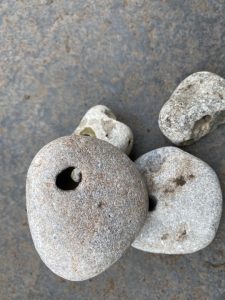 Hag stones found naturally with holes made from water. Photo Anna Fielding.
Hag stones found naturally with holes made from water. Photo Anna Fielding.
One of these was sleeping with dried toads. These would be ground up into a powder and put in a bag to be placed on the forehead or hung around the sleeper’s neck. This would bring on sleep and ward off nightmares. The early modern theory behind this may have been that toads were cool creatures that kept the body cool and therefore drowsy, as well as stopping stomachs from overheating during night-time digestion which could cause bad dreams.
Early modern people paid a lot attention to anything which could affect their sleep. This highlights the night-time anxieties people felt. It was believed that sleep was akin to death: it was a time when people felt beyond the protection of God and needed to prepare themselves for the uncertainty night brought. Evil spirits could also bring nightmares with incubi, a type of demon, coming in the night to sit on your chest and bring you bad dreams.
Misfortunes supposedly brought by evil spirits meant people not only wanted to protect themselves and their families during sleeping hours but also their animals, food supplies, and homes.
Following the session some visitors came on a tour around Ordsall Hall to look at the various ‘apotropaic’ (protective) marks that were burnt or scratched into the timbers of the house. Some believe that these markings were made to prevent evil spirits entering the building through weak points such as doors, windows, voids, and fireplaces. Such marks, like the one that was burnt in the bedhead of the surviving 16th century bed at Ordsall, may have provided reassurance during the night and help one to sleep soundly. The same sorts of burn marks also appear on this door frame (see photo) which led to the attic spaces where some of Ordsall’s servants slept.
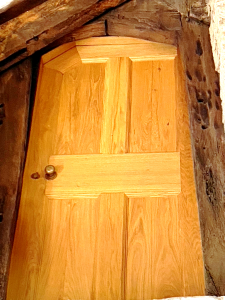 Attic door at Ordsall Hall with apotropaic burn marks around the door frame to ward off evil spirits. Photo Anna Fielding.
Attic door at Ordsall Hall with apotropaic burn marks around the door frame to ward off evil spirits. Photo Anna Fielding.
This was the first of many talks, workshops, activities, and events taking place at Ordsall over the next two years as we explore sleep, night-time fears, sleepy remedies, and early modern healthcare. The aim is to see how we might think differently about sleep ourselves in the 21st century, inspired by the importance people in the 16th and 17th centuries placed on sleeping well. The focus of events will change throughout the year as we follow the pattern of annual cycles and rhythms which would affect sleeping conditions, the growing of sleepy herbs and plants, and the ways in which families like the Radclyffes of Ordsall Hall optimised their sleep quality.
To learn more about the connections between sleep, darkness, and the annual rhythms of the early modern year:
Handley, S. Sleep in Early Modern England. Yale University Press (2016).
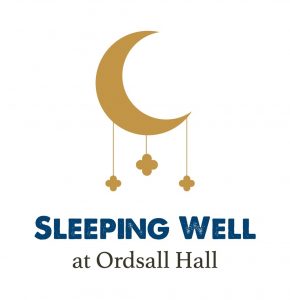








0 Comments